1.What is Osaka Ranma?
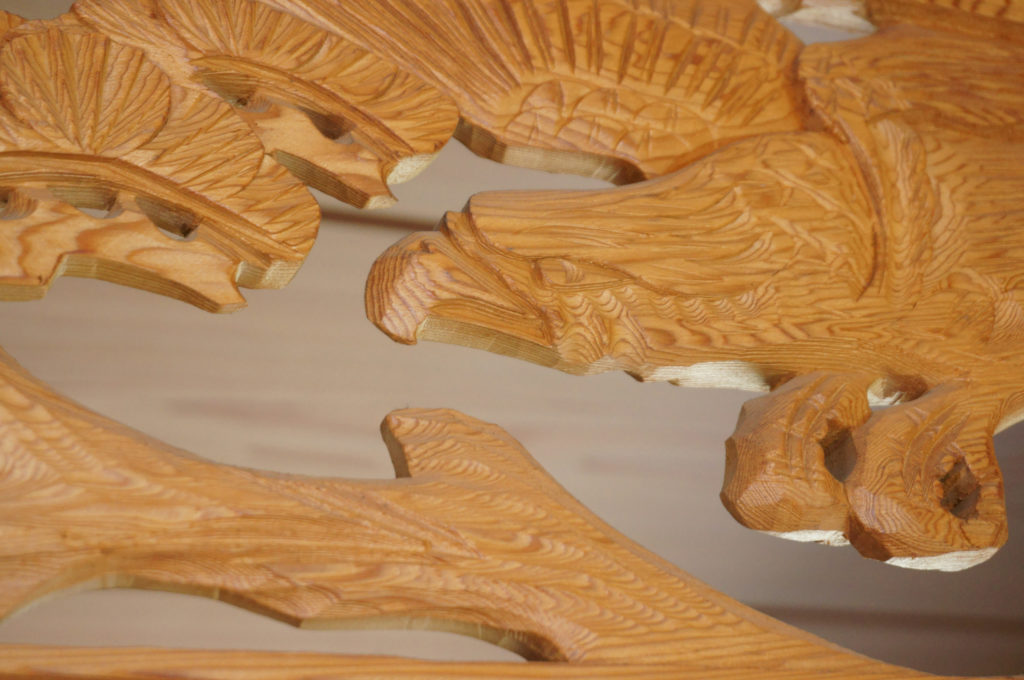
What is Ranma in the first place?
It is a fitting that is fitted into the opening with the lintel on the ceiling, which is the part of the crossbar that I have above, to install shoji and sliding doors in the Japanese-style room.
In the early 17th century, traditional techniques can be seen at Hijiri Shrine (Izumi City) and Shitennoji Temple (Osaka City) in Osaka Prefecture.
A painting-like sculpture column that makes the best use of the grain of Yakusugi, a sculpture column that harmonizes the paulownia skin and the openwork pattern, a Kumiko column that expresses a simple geometric pattern, and a reed column, a section. There is a blank space, and it has the decoration and delightful functionality suitable for a Japanese house.
The Osaka Ranma sculpture is said to have originated in the early 17th century.
Using advanced techniques and techniques that have been refined and accumulated over many years, many indoor furnishings such as Yakusugi that make the best use of heather are produced.
Type
| Types of Ranma | Installation location | Purpose and features |
| 間越欄間(Magoshi Ranma) | The boundary between Japanese-style rooms | Ventilation, appreciation |
| 明かり欄間(Akari Ranma) | Between the room and the outside, the porch | Daylighting, ventilation, appreciation |
| 書院欄間(Shoin Ranma) | The side between the alcove, the boundary with the outside | Daylighting, ventilation, appreciation |
Furthermore, shapes and patterns are categorized in a wide variety of ways according to their surface and color.
What is the classification of the types of columns from the viewpoint of design?
・彫刻欄間(Chokoku Ranma)
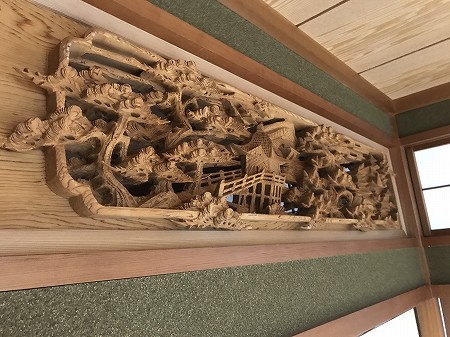
・透彫欄間(Sukashibori Ranma)
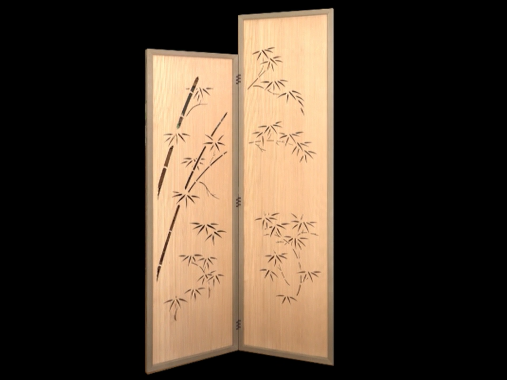
・筬欄間(Osa Ranma)
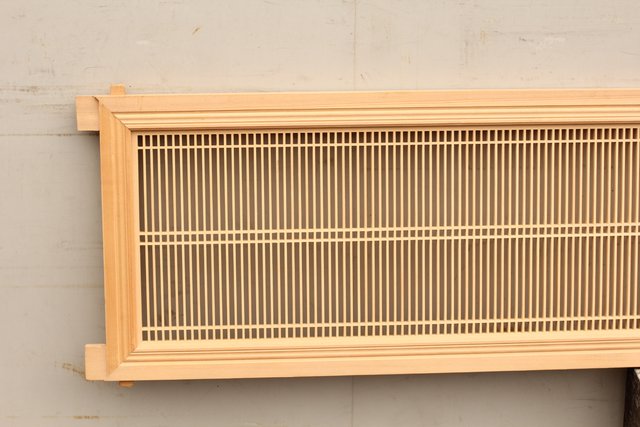
・組子欄間(Kumiko Ranma)
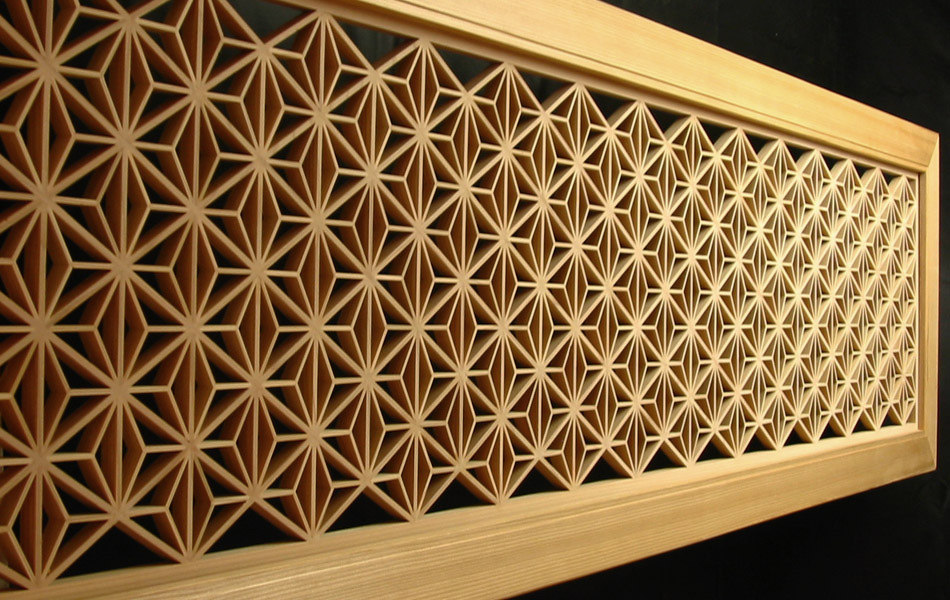
・障子欄間(Shoji Ranma)
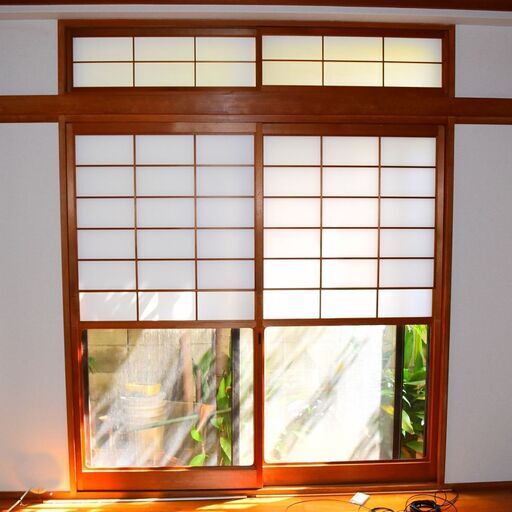
・書院欄間(Shoin Ranma)

・埋込欄間(Umekomi Ranma)
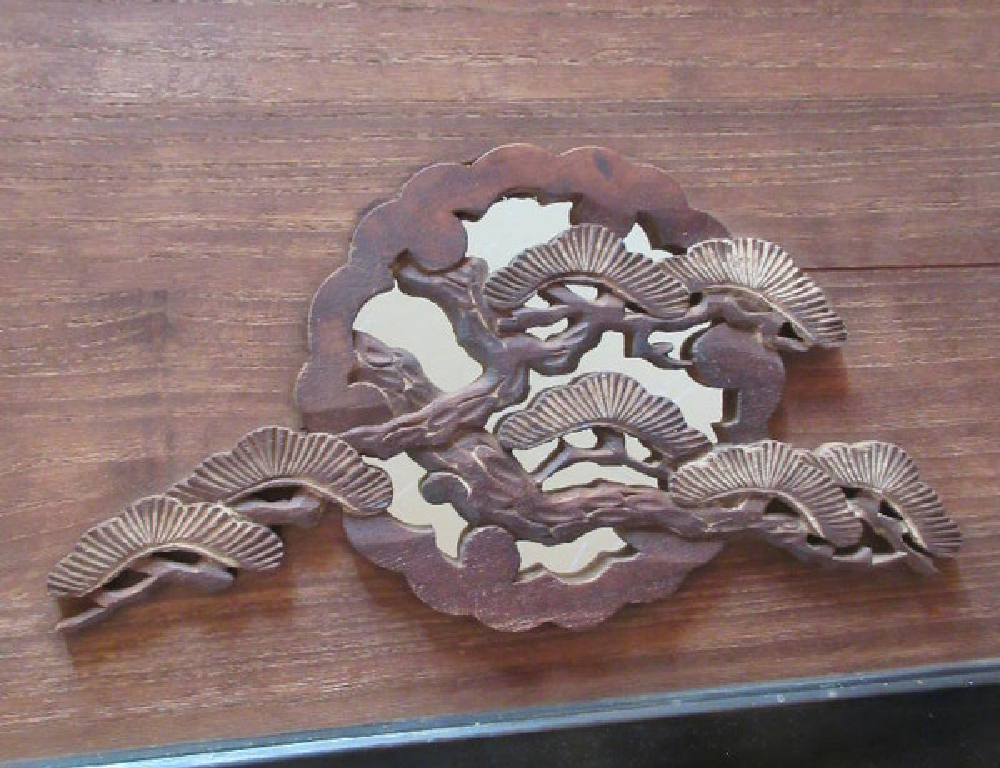
・竹組子欄間(Takekumiko Ranma)
・壁抜き欄間(Kabenuki Ranma)
・節抜欄間(Fushinuki Ranma)
・彫刻額(Chokokugaku)
・衝立(Tsuitate)
Etc.
2.Working process
①Log
Yakusugi, cedar, cypress, paulownia, etc.
②Lumber
Saw the board by deciding the width, thickness and length
③ Dry
Let it air dry for at least 3 months
④ Wood removal
Ink one set at a time, cut the dimensions, and cut to a thickness of 11 mm or more.
⑤ Draft
Draw a sketch with ink on the surface of the direct period
⑥ Grinding work
Cut out unnecessary parts of the sketch
⑦ Manipulation work
Correct while scraping that part of the grind
⑧ Carving
・ Three-dimensional carving creates a perspective building and a three-dimensional effect
・ Finish by carving a flat surface to make the best use of wood grain
⑨ Chamfer
Make a break at the boundary between the engraved cotton and the outer peripheral surface
⑩ Polishing
Uzukuri, polish with privet wax
⑪ Picture frame
Completed by assembling a picture frame
3.Traditional craftsman
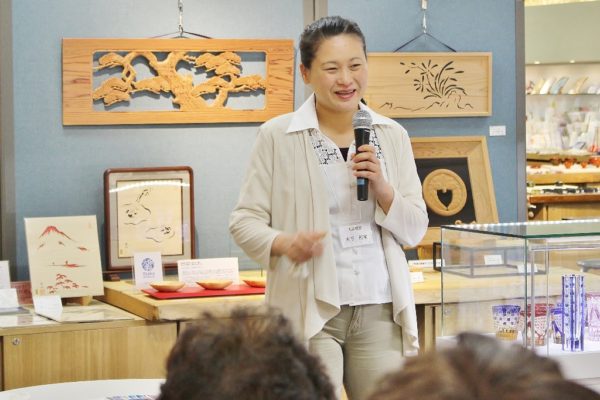
Tomomi Kinoshita [Kinoshita Ranma store]
Osaka Ranma was excavated in Horie and Yokobori in Osaka, which was a timber distribution center.
Tomomi Kinoshita, the eldest daughter of [Kinoshita Ranma store], has roots in Horie’s Ranma craftsman.
She changes into a declining column due to changes in her lifestyle, and she works on temple and shrine carvings, interiors such as wall hangings and plates, and signboard carvings.
She wants to convey her traditional techniques and the charm of wood to posterity with a sensibility unique to a woman that is a bit different from her father who is a representative master of Japan, she develops and disseminates as an advertising tower in Osaka Ranma Is working on.
4.Initiatives
It is a three-member unit with a traditional craftsman to launch a brand called “mocca”.
Instead of pushing the ranma to the front, I make a small flower plate with a little care of the ranma craftsman.
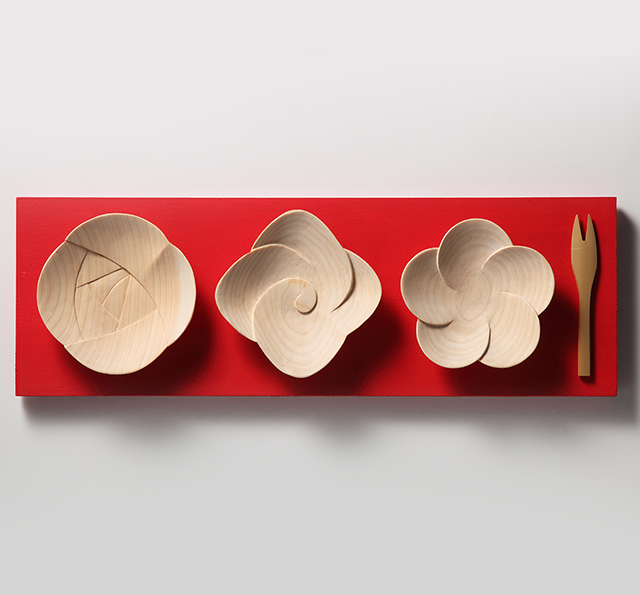
Of course, the techniques, techniques, and designs of Osaka Ranma are condensed in this small plate, but compared to Ranma, the small plate is easier to pick up and take in.
Although it has a simple design, it is so lovely that it captivates the viewer at a glance, and it is truly a craftsmanship that emphasizes the beauty of the heather and the bark.
Moreover, I felt that Tomomi’s unique perspective and sensibility, not her father Fumio, was alive.
Tomomi says
Ranma says, “It used to be a symbol of comfort and playfulness in life.”
So to speak, if you think of it as an item for enjoying life rather than a necessity for daily life, it may be natural that it changes according to the times and lifestyle.
Even the usual sweets can be tasted exceptionally by simply placing them on three vessels dug out of this one block of wood.
You will also care about the tea you can mix.
“Knowing the goodness of the real thing is that kind of thing”, and knowing the real thing leads to the fostering of the richness of mind. That is also one “how to protect tradition”.
5.Impressions

Rather than developing domestic demand in modern society, Tomomi tends to look overseas, but it seems that Tomomi can fully reaffirm the appeal of Ranma in Japan as well.
Preserving tradition does not mean sticking to history and culture and declining.
She felt that responding to changes in the times and the accompanying changes in lifestyle and living environment would lead to new value and digging up users, while leaving the decorativeness and practicality that are the charms of the column.
Next time preview
Thank you for reading to the end!
I would also like to post some interesting things about Kansai.
Then, have a good trip from now on!!
PS. We provide various information about Kansai in Japan, so please feel free to contact us if you would like to visit or experience it!
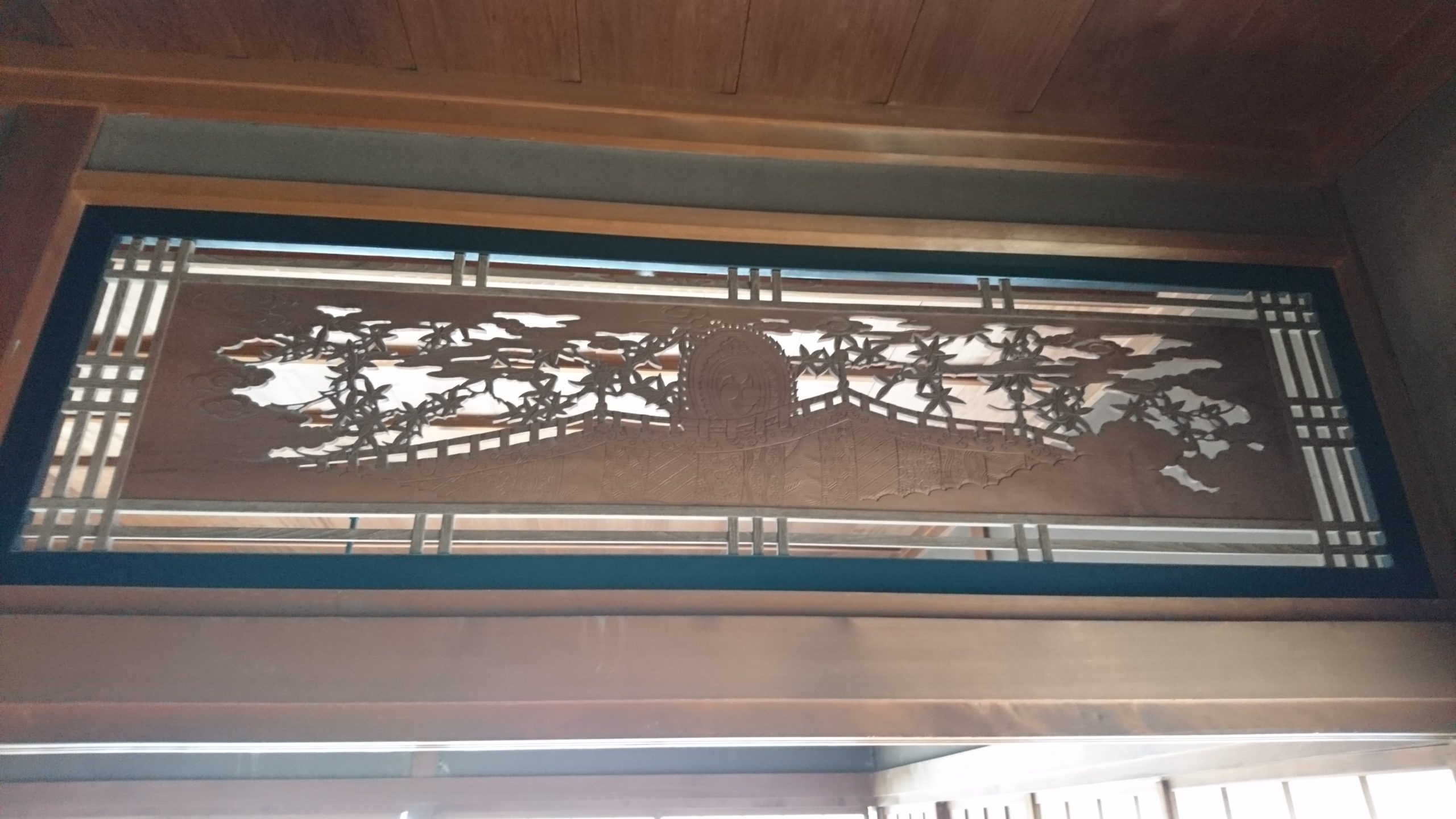
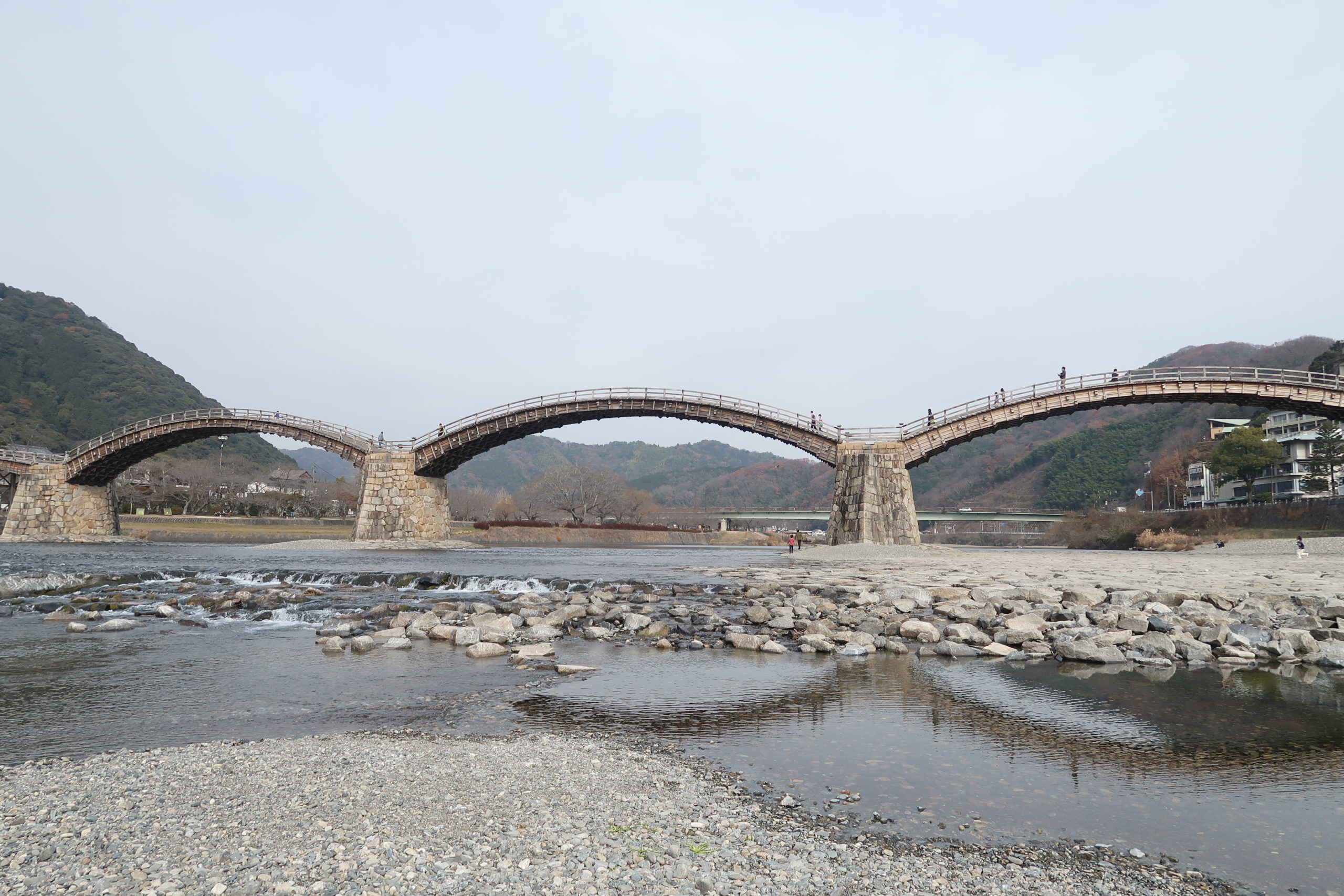

コメント